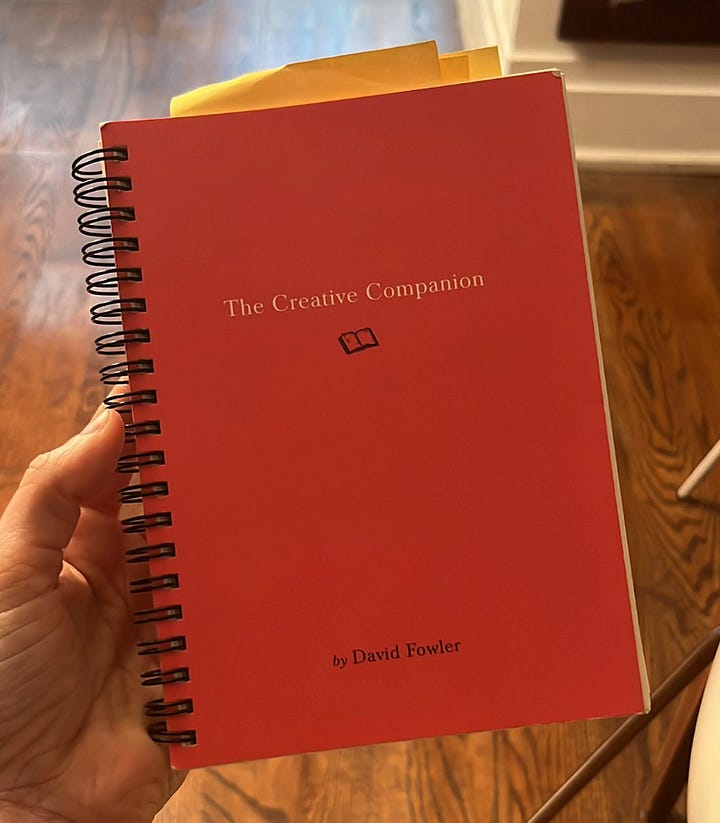I spent my entire weekend poring over David Fowler’s “The Creative Companion”. My friend Grace Clarke tweeted some photos from it the other day and I’ve been tearing through it ever since.


David Fowler, who spent twenty years at Ogilvy & Mather, is an advertising and copywriting legend. His guidebook is filled with thought starters and short ideas that r…
Keep reading with a 7-day free trial
Subscribe to Link in Bio to keep reading this post and get 7 days of free access to the full post archives.




